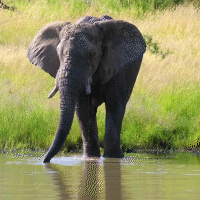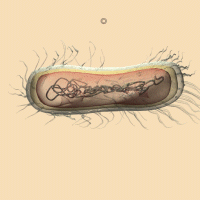
$3.99
Linear Function Models
In this module students learn the properties of linear functions. They look at data sets, graphs of coordinates, and algebraic representations of functions. Then students go on a field trip to the US Mint to see how money is printed. From this they develop linear function models for calculating the number of bills printed, along with their dollar value.








